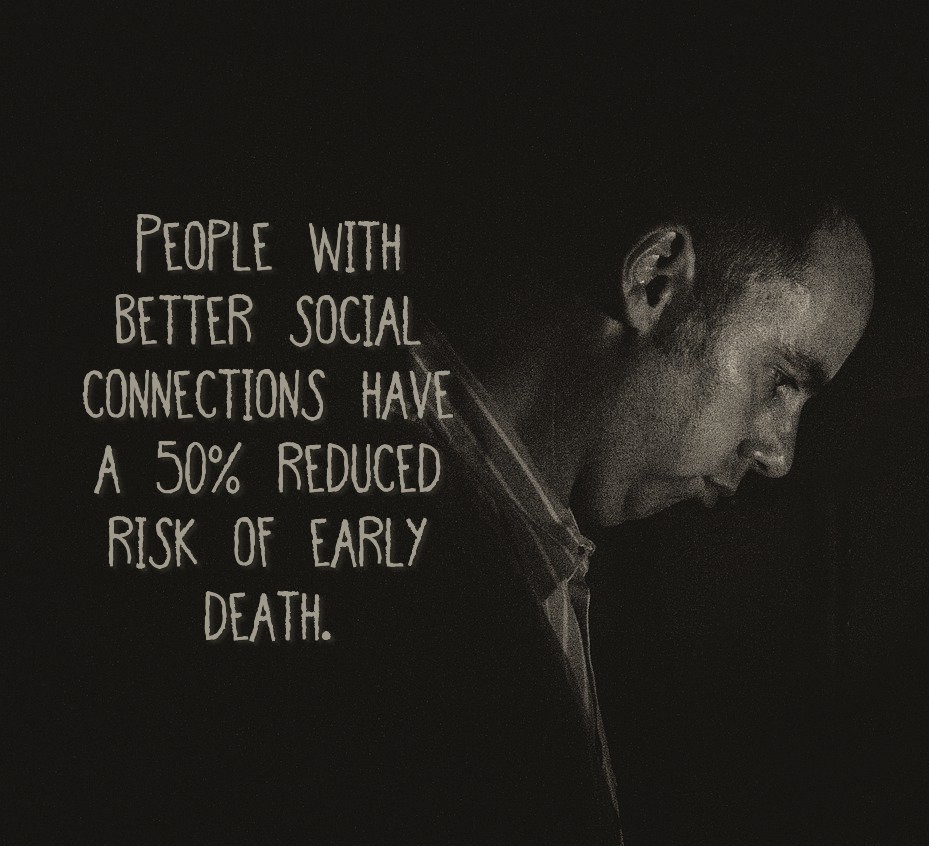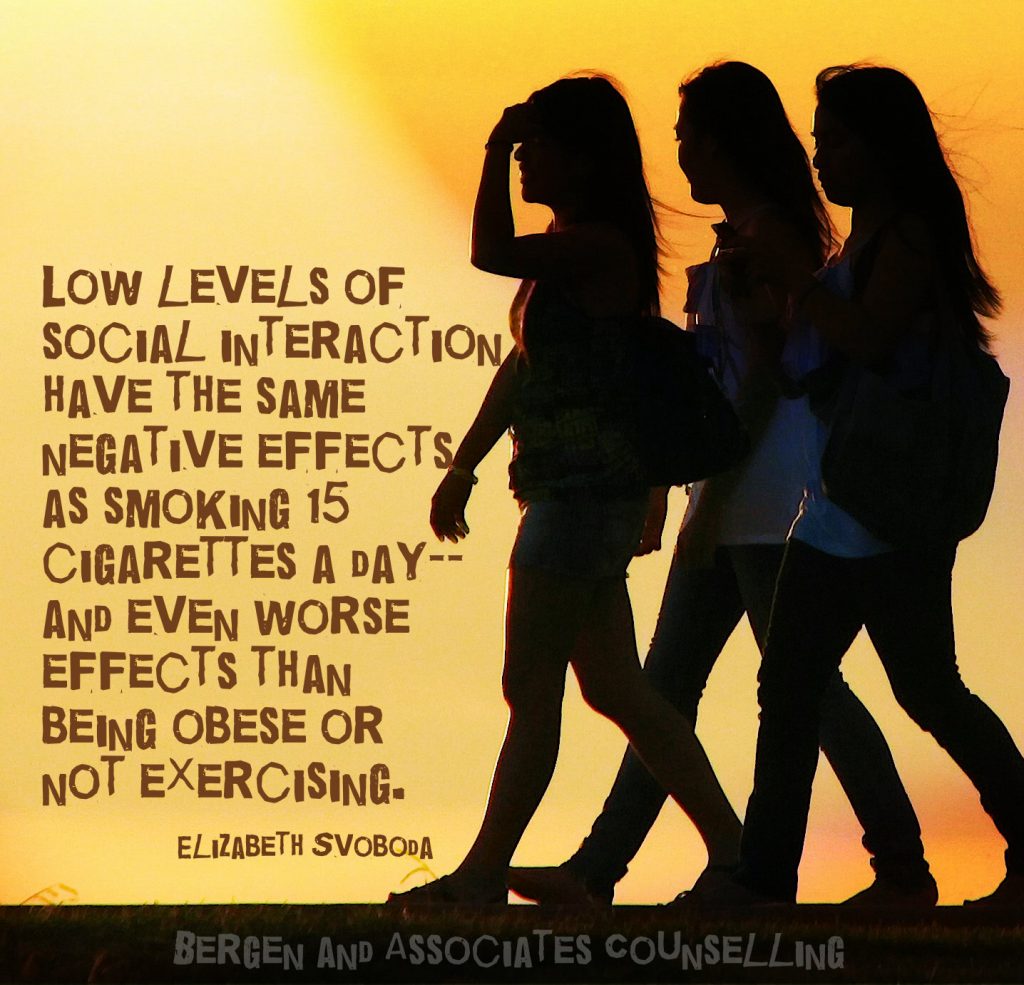I loved see-saws when I was a kid.
After a sticky day of cross country driving in the hot summer with no air conditioning, listening to 8 track cassettes while intermittently fighting with my brothers in the backseat, we were ready to play! My parents would find a campground in the late afternoon to set up our tent trailer.
One significant criteria when we hunted down to find the right campground was one that had a playground. We loved to play on swings, monkey bars and teeter-totters.
Sometimes we would swing and seesaw as the structures intended. Generally, when we used the seesaw with a friend, there would be a negotiation ahead of time: Did we allow bumps and how high? Depending on how hard one end hit the ground, the person on the top part of the see saw would leave their seat.
Then other times we would push the limits of the playground and get creative: we would start to climb the poles of the swing set or twist the swings so they would spin. We would also have competitions where we turned the seesaw into a balance structure and straddle it to see if we could stand on it and balance on it ensuring neither side touched the ground. How long could we balance it before one end or the other touched the ground.
That was tricky–the balancing.
It’s absolutely no problem to stand on one end of the seesaw when it was on the ground. It was a test of a person to stand in the middle and keep both ends off the ground in a tension as gravity competed to pull one end or the other down.
Seems to me that so often in life, we don’t seek to balance in the middle to understand the polarities in life.
We find ourselves pulled to one extreme or the other:
- Is this politician a hero or a zero?
- Are you right or left when it comes to politics?
- Just about anything you read on social media is “absolutely incredible” or “completely horrible”
- Is this person a villain or the victim
Further, internet browsers, youtube and social media track our attention and feed us more of what we want. So those that have viewed some cute cat videos get more cute cat videos in their feed. If you are looking up strategies for fixing up your house, you’ll find more of those in your feed. That can be helpful.
But it also means that these systems pick up on our ideas and preferences. We then get fed even more of the ideas we have already chosen and less of ideas that are different.
Over time, our computer feeds invite us to polarize our views beyond our initial positions.
Phase 4 of COVID-19 reopening brings yet another opportunity to polarize.
Can I invite you to be both apprehensive and excited about Phase 4 of Manitoba’s COVID-19 reopening?
What if you kept the seesaw balanced?
- For some it’s tempting to bang hard on the side of terror?
- Others are tempted to land solidly on cheerful and celebratory exhilaration that live with Stage 4 being equivalent to pre-COVID-19 normal?
I’m inviting us to balance healthy fear with healthy realism
Healthy fear:
The pandemic is not over.
While the numbers is Manitoba are very low, our planet continues to deal with a disease that can be fatal–frequently to those with underlying health conditions, but also at times, to those that are healthy and young.
COVID-19 is a formidable foe. We need to respect its capability and its invisible ability to begin it’s sinister onslaught days before we become aware of its presence.
In locations that disregard social distancing and masks, the numbers can rise quickly. When growth starts to get to frightening levels and folks realize that quick action is needed, it’s too late–numbers will continue to rise.
We have only to look to our cousins to the south of us to realize the harm if we chooses to dismiss its lethality:
- Healthy young adults that were comfortable being out in public unknowingly bring it home to family members who become very ill
- ICU’s become overwhelmed of very ill people with the virus
- Folks that might become injured in car accidents or suffer heart attacks or strokes compete for ICU beds with those who have the virus
- Hospitals on the brink of needing to establish committees that will decide who gets care (and who doesn’t) when the health care needs outstrip the demands
- Health care staff are exposed to COVID-19 as part of responsible care that is ethically provided to those who acted irresponsibly to acquire the virus
Our brains are wired to fear fearful things to keep us safe. That’s adapative. It’s normal.
Being fearful of frightening things helps us to stay alive.
It’s not wimpy to have a healthy respect for electricity and open wires, or near water–it’s smart. It’s wise to know that you flee a building when there is a fire. To re-enter it to save a life is brave and heroic–but if you’re not also scared, you’re lying.
Likewise, we need a healthy respect for COVID-19. The numbers may be low, but they can rise again if we don’t mitigate to prevent its spread.
COVID-19 is rather like a former partner in a nasty divorce. A person might absolutely know that it isn’t safe to be around him–the name calling and intimidation is possible, maybe even inevitable. You’d like to avoid him altogether, but if you have children together, it is not an option. Figuring out how to live with him in your life because of the children is a distasteful, but necessary part of life.
Likewise, the virus is here to stay.
Like it or not, we share custody of the world with COVID-19.
It’s not going anywhere soon, and we need to develop some sort of uncomfortable, but ongoing relationship.
The concern that infection rates could rise is what will help ensure the rates stay low.
Healthy realism:
I used to work on a medical/surgical units in the hospital, helping people regain the function they needed after a health crisis to get them ready to go home.
It makes sense that when an elderly person has fallen and then had to go to hospital for surgery after a broken hip, or has been bedridden after one side is paralyzed due to a stroke, it is truly terrifying to get out of bed.
When the cheerful therapist lowers the bedrail, and walks in with a walker and invites them to stand up against the edge of the bed and perhaps take a step or two, every cell in their entire body screams, “NOOOOOO!”
Why possible reason is there to get up and do the very thing that landed you in the hospital in the first place? They feel weak and off balance and in pain and now I’m going to ask them to get up? Preposterous!
There were many that would say, “No, thank you” (Some left off the thank you, and substituted some curt words.) What they would often say to me was this: “I’ll start walking once I feel stronger. Leave me alone right now. It’s not safe for me to get up right now. I’ll start moving when I feel better.”
Oh, if people could only get better lying down in bed waiting for recovery!
But it doesn’t work that way.
When you are elderly and have been bedridden after a health crisis, it actually is important to engage in the risk of getting up. Frankly, I walk into the room asking them to get up when the risk of staying in bed is greater than the risk of getting up.

When people remain bedridden, they can take on fluid. Their lungs are in danger of pneumonia. They can develop blood clots. There is further loss of strength and balance with each passing day of not being up and moving.
Staying at home is safe but has its costs. There is some point at which staying home during COVID-19 is more dangerous than being out with precautions.
An economist could tell you about all the dangers with people not out doing business and working. Buying lunch at work, filling up with gas, getting a manicure etc. helps the economy get moving. I’ll let them talk about it.
As a therapist, I know we are wired for connection.
We need each other. We were never meant to do this life alone. It is good for us to be with others. There is a cost to being so fearful we don’t emerge from home.

We suffer when we don’t interact with others.
I invite you to consider this:
By choosing to stay isolated, you don’t avoid risk. You trade the risk of COVID-19 for a different set of risks that have to do with health and well being.

While there are some that need to stay isolated because of serious underlying conditions, the rest of us need to find ways of being out with others:
- Volunteering is a way it looks like we’re giving to others, but it is really a way for us to enjoy others enjoying us. We need to help others
- Visiting with friends and family that aren’t under our roof. Our immediate family was never intended to be our only meaningful relationships–we need to spread our relationships out to a network. We were meant to live in tribes, not nuclear families.
- Being outside in nature, enjoying the trees and flowers and water is important for our health
- Celebrating is important to us humans, and we celebrate in groups–birthdays, funerals, weddings, bar mitzvahs, worship services.
Stage 4 allows us to resume relationships that are so important in ways that are important
When I would help a person fearfully get out of bed and start walking, I worked to help them be safe and feel safer. I brought a walking aid if I thought they needed it–a walker or a cane. I stayed close by. Often I would put a belt around their waist so I could hold it and make sure they stayed upright. In other words, I used protective equipment.
We mitigated the risk of falls.
Can we, in Stage 4, approach with a health fear that motivates us to keep ourselves and our loved ones safe by:
- wearing masks
- physical distancing
- washing hands
AND
Keep ourselves healthy by:
- visiting friends
- being out with friends and family
- exercising, enjoying the sunshine
- being of service to others
BOTH: Healthy fear of the virus and cautious realism that has us learn to live with the virus.
If we wait until we have a cure/vaccine/or otherwise defeat the vaccine before emerging, we risk the danger that is inherent in isolation.







Write a Comment